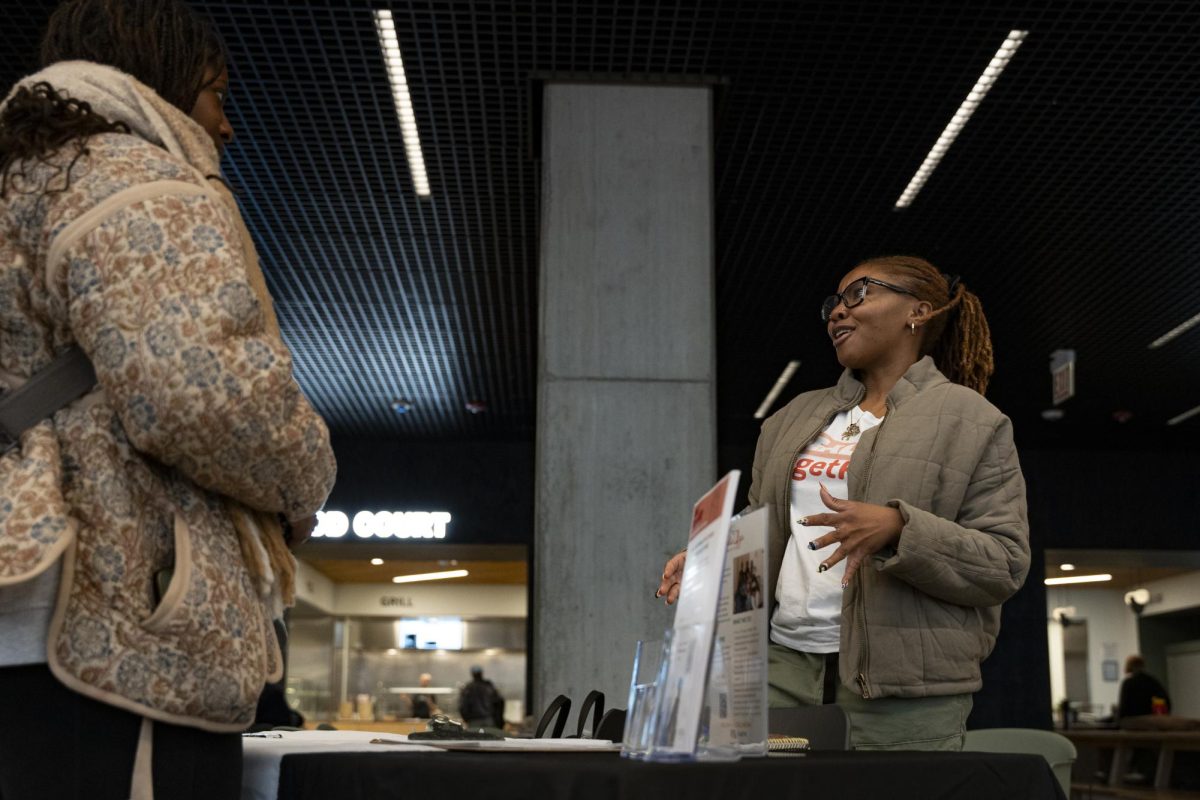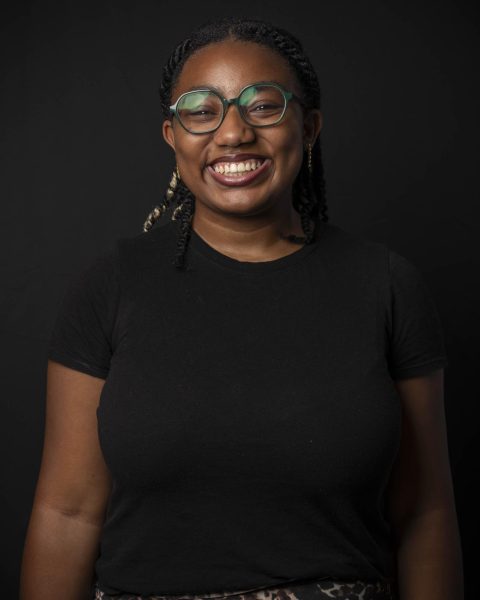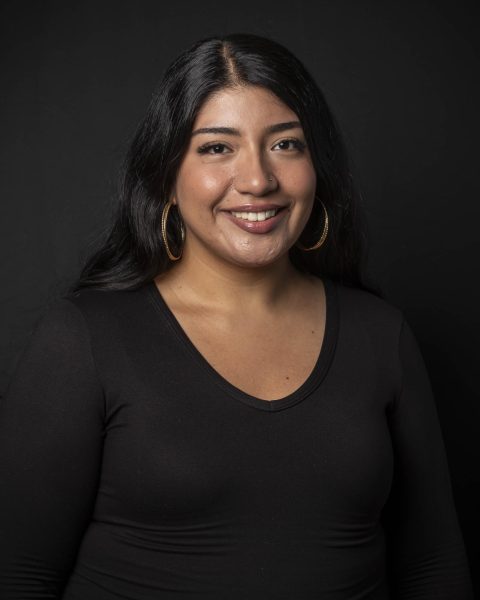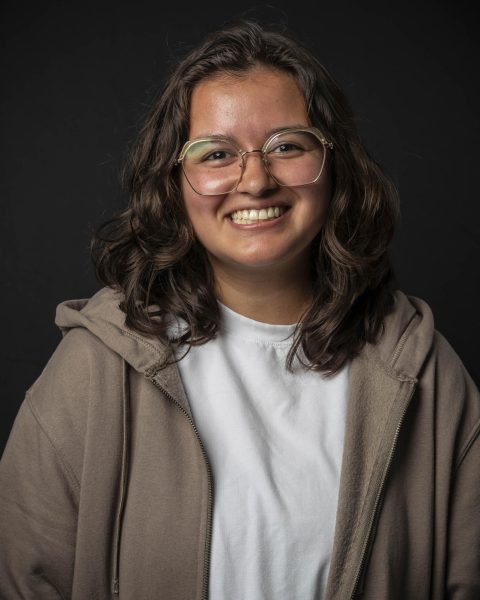
The Columbia Faculty Union is criticizing the recent hiring of 14 assistant or associate professors of instruction and one practitioner-in-residence.
Six of the new teachers are former part-time instructors.
In announcing the new faculty in an email on Jan. 26, Senior Vice President and Provost Marcella David said full-time faculty hiring “will help augment our ability to design and deliver curriculum.”
The new hires “respect the relevant provisions of our recently negotiated contract with the part-time faculty union,” David said in the email, but part-time union President Diana Vallera told the Chronicle there was “no need” to hire new “contingent full-time faculty” because there are fewer courses to teach.
Part-time faculty, she said, have the “job security” and “continuity of instruction” with the students.
The rank of professor of instruction is a non-tenured full-time faculty position, often referred to as “teaching-track.” These faculty typically teach four courses per semester.
Practitioners-in-residence usually have one-year contracts. The new hires join 221 full-time faculty who taught last fall. Full-time faculty at Columbia are not unionized.
Under the new bargaining agreement negotiated after the seven-week historic strike, the number of teaching-track faculty the college is allowed to hire increased to 70, up from 65.
The college now has 58 teaching-track faculty, said Lambrini Lukidis, associate vice president of Strategic Communications and External Relations.
The new faculty are in the Art | Design, Audio Arts, Business and Entrepreneurship, Communication, Fashion, Humanities and Theatre departments.
Lukidis said there are no other active searches for positions this spring.
Some of the new faculty were hired so close to the start of the semester that departments had to shift teaching assignments. In some cases, part-time faculty who had been assigned courses were left without a class to teach because the new faculty needed classes to teach.
Under the new contract, if a course slated to be taught by a part-time instructor is canceled before classes start, the teacher receives a cancellation fee of $400. However, if they receive a notice less than three full weeks before the class starts, the fee increases to $700.
Vallera questioned why former part-time instructors were brought on as professors of instruction.
“Why would they do that if they’re already getting the courses? Then they can control them and all of a sudden they have no job security. They have no academic freedom anymore. And so it’s just a tactic to divide and to control, unfortunately, faculty.”
Lukidis told the Chronicle that the former part-time instructors will teach more classes now that they are full-time “and thus be able to share their expertise with students on a larger scale.”
“It is also important to note such hires are provided for in the contract the union and the college signed in December, at which time the union and the college agreed to an increase in the allowable number of teaching track faculty at Columbia,” she said in an email.
Full-time faculty positions are generally considered more secure. Full-time faculty have priority to teach over part-time instructors. Tenure-track and tenured faculty typically teach three courses per semester. Teaching-track professors teach four classes per semester.
As enrollment declines, as it has at Columbia, there have been fewer opportunities for part-time instructors to teach, which is one of the reasons the union went on strike last fall after the college cut hundreds of course sections.
Terri Griffith, assistant professor of instruction in the Humanities, History, and Social Sciences department, had previously worked as a part-time instructor at Columbia for 21 years.
Griffith is teaching “Queer Studies” and “Queer Visual Culture” courses and is excited to be back in the classroom with her students.
“The strike last semester was hard on all involved. I’m most interested in just being back in the classroom and focusing on our studies,” she said.
Griffith is adjusting to her new role. “I’ve taught at Columbia for 20 years. It’s such a mix of feeling brand new, but also known and comfortable.”
For Heather Mekkelson, being hired as an assistant professor of instruction in the Art | Design Department means she “can connect with more students in different capacities, and over a longer time span,” she said.
Mekkelson was an instructor at Columbia for three years before taking the new position and said the college community reflects Chicago. The students “are driven, open to new ideas… and help me appreciate the impact I can make through teaching,” she said.
Additional reporting by Olivia Cohen
RESUMEN EN ESPAÑOL
El Sindicato de Profesores de Columbia (CFAC) esta criticando el reciente contrato de 14 profesores de instrucción asistente o asociados y un practicante en residencia. Esto es después del anuncio por email, de parte de la vicepresidenta alta y rectora Marcella David, quien dijo el contrato de la facultad a tiempo completo “ayudara a aumentar nuestra habilidad para diseñar y dar un currículo.”










